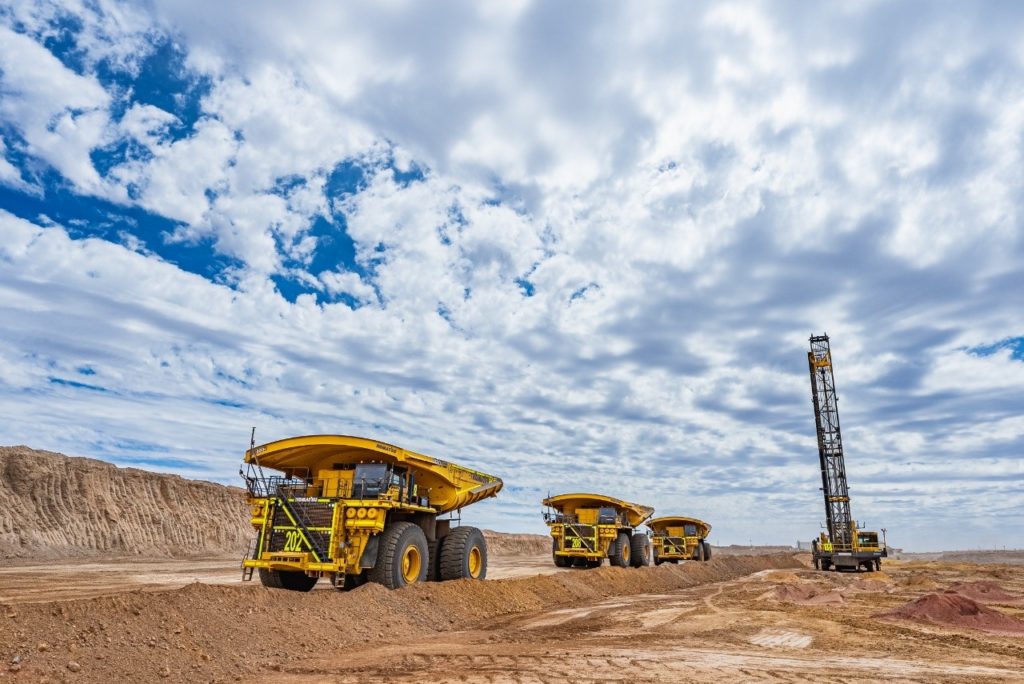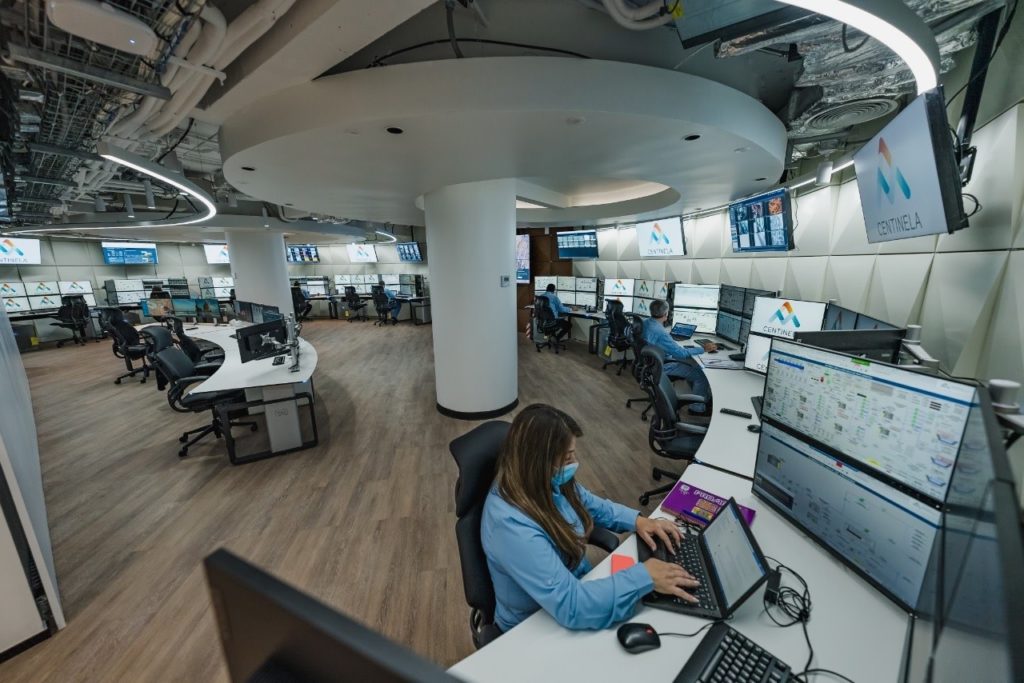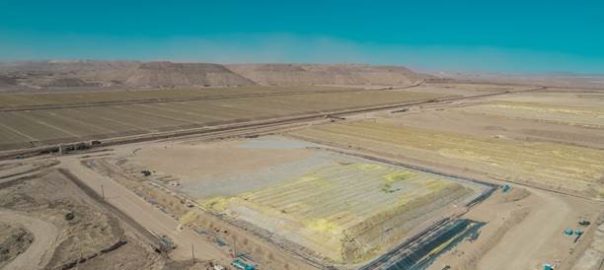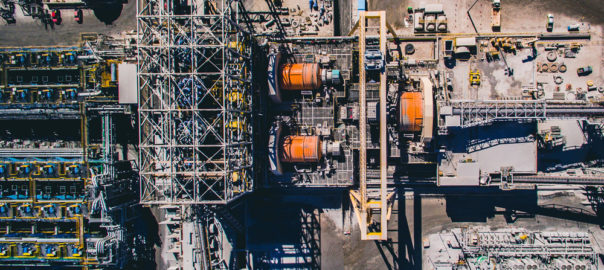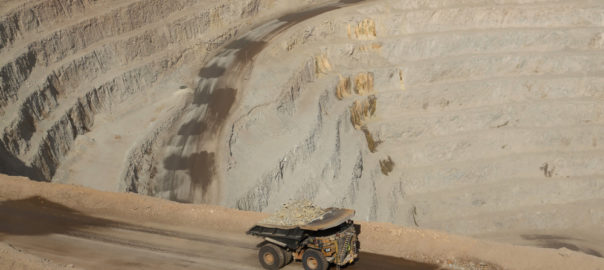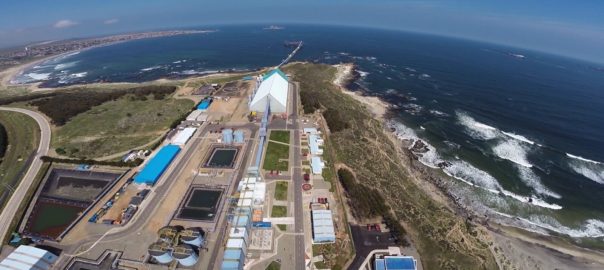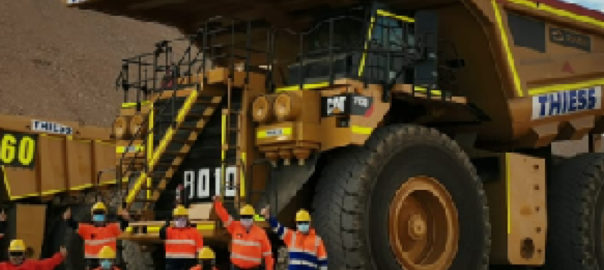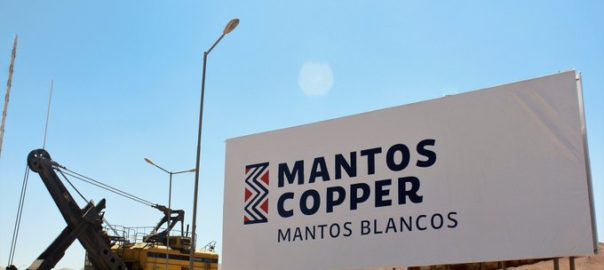ICMM has today announced Iván Arriagada, CEO of Antofagasta PLC, as its new Chair, succeeding Richard Adkerson, Chairman and CEO of Freeport-McMoRan.
ICMM is governed by its council which comprises the CEOs of 26 company members. The Chair is appointed from within this group and serves in the position for approximately two years.
The Chair leads council in driving ICMM’s overall purpose of leadership through collaboration to enhance the contribution of mining and metals to sustainable development, towards a vision of a safe, just and sustainable world enabled by responsibly produced minerals and metals, the ICMM explained.
Rohitesh Dhawan, President and CEO of ICMM, said: “I am very pleased to welcome Iván as our new Chair. Iván and I are united in fulfilling ICMM’s commitment to produce the metals and minerals that are critical to the energy transition and sustainable development as responsibly as possible.
“I would like to thank Richard for his leadership and valuable contribution to ICMM and our wider industry. His tenure has seen the achievement of significant milestones including our landmark climate change commitment. I look forward to continuing this journey with the benefit of Iván’s vast industry experience.”
Arriagada added: “In the eight years that Antofagasta has been a member of ICMM, I have experienced the value of being part of this leadership group that takes decisive collective action on the most important issues facing our industry. I am looking forward to working with Rohitesh and my fellow council members to continually strengthen our social and environmental performance and contribution to society.”









